Home>Interior Design>What Colors Make A Small Living Room Look Bigger? 7 Space-Stretching Tricks
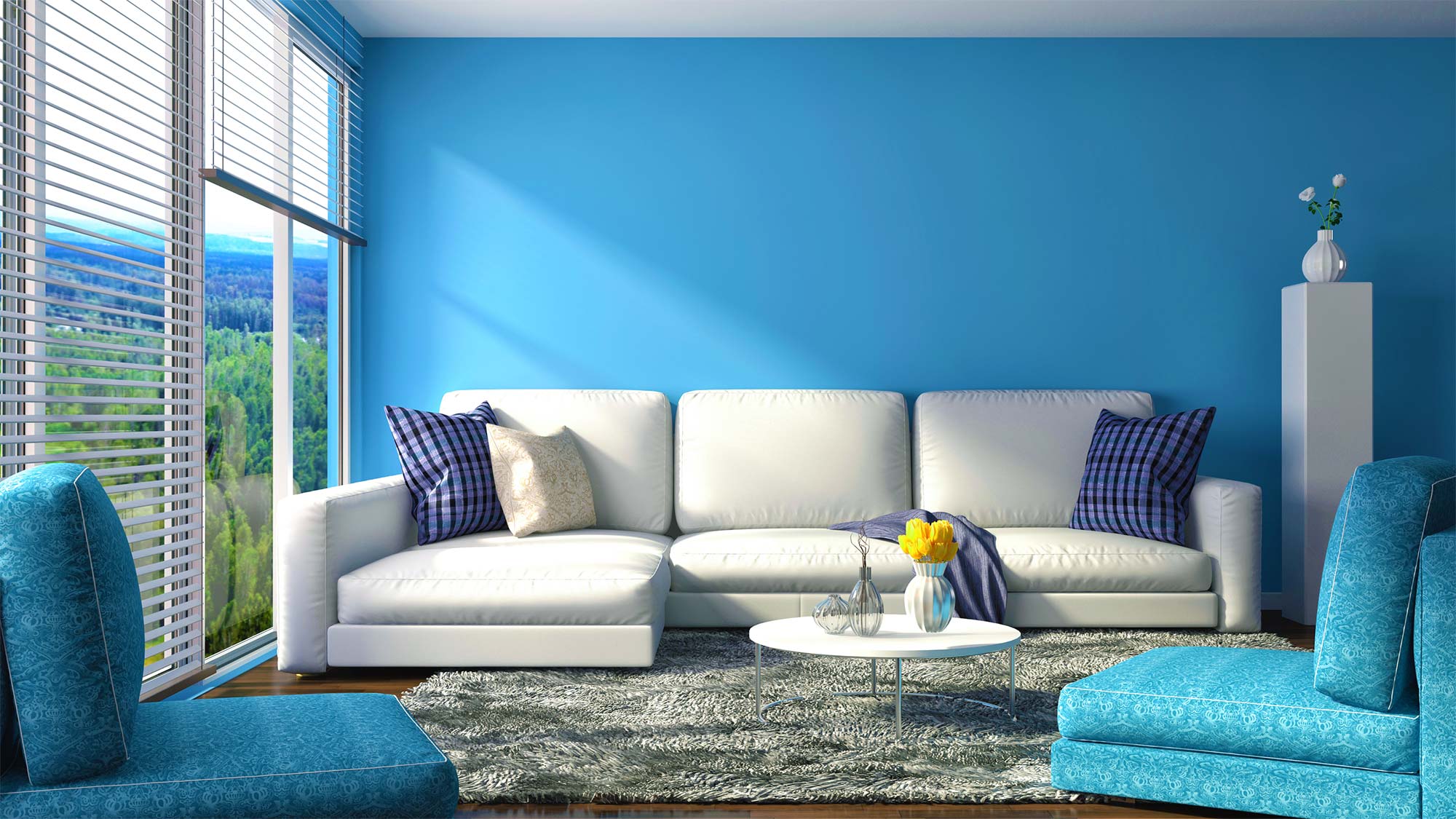

Interior Design
What Colors Make A Small Living Room Look Bigger? 7 Space-Stretching Tricks
Modified: May 6, 2024
Discover 7 interior design tricks to make a small living room look bigger with strategic color choices. Transform your space with these space-stretching techniques.
(Many of the links in this article redirect to a specific reviewed product. Your purchase of these products through affiliate links helps to generate commission for Storables.com, at no extra cost. Learn more)
Introduction
Welcome to the world of interior design where colors have the power to transform a space and create visual illusions. One common challenge that homeowners face is how to make a small living room look bigger. Luckily, there are several tricks and techniques that can help you maximize the perceived size of your space without knocking down any walls.
In this article, we will explore seven space-stretching tricks that can make your small living room appear larger and more open. From color choices to furniture arrangement, these tips will help you create a spacious and inviting environment that feels far from cramped.
So, whether you’re living in a cozy apartment or simply want to optimize the space in your living area, read on to discover the secrets of making a small living room look bigger.
Key Takeaways:
- Light and neutral colors, monochromatic schemes, and strategic mirror placement can visually expand a small living room, creating a bright and open space without the need for major renovations.
- Decluttering, utilizing vertical stripes, and maximizing natural light are simple yet effective ways to make a small living room feel larger, creating a spacious and inviting environment.
Read more: What Colors Make A Living Room Look Bigger
Trick 1: Use Light and Neutral Colors
When it comes to creating the illusion of space, color choice plays a pivotal role. Opting for light and neutral colors is an effective strategy to make a small living room appear larger.
Light colors, such as whites, creams, and pastels, reflect more natural light, making the room feel brighter and more open. They also have the ability to visually push back the walls, expanding the perceived size of the space.
Neutral colors, such as grays, beiges, and taupes, are versatile and timeless. They create a calming and cohesive atmosphere, helping to visually enlarge the room by minimizing visual distractions and creating a sense of continuity.
Incorporating light and neutral colors into your living room design doesn’t mean you have to sacrifice style or personality. You can add pops of color through decorative accents like pillows, rugs, or artwork to create visual interest without overwhelming the space.
Additionally, using different shades and tones within the light and neutral color palette adds depth and dimension, creating a more visually appealing and spacious living room.
Remember, the goal is to create a light and airy feel throughout the room, so be mindful of the color intensity and saturation. Avoid using dark or bold colors as they tend to absorb light and can make the space feel smaller and more closed off.
By incorporating light and neutral colors into your small living room, you can instantly create a sense of openness and make the space feel larger than it actually is.
Trick 2: Opt for Monochromatic Color Schemes
In addition to using light and neutral colors, another effective trick to make a small living room look bigger is to opt for a monochromatic color scheme.
A monochromatic color scheme involves using different shades and tones of a single color throughout the room. This creates a cohesive and harmonious look that visually expands the space.
By sticking to one color family, you eliminate the visual disruptions caused by contrasting colors. This creates a sense of flow and continuity, making the room feel more open and spacious.
When implementing a monochromatic color scheme, consider using lighter shades of the chosen color for the walls and larger elements like furniture. Lighter colors reflect more light and create a sense of airiness, further enhancing the perception of space.
To add depth and visual interest, incorporate varying textures and patterns within the monochromatic color palette. This can be achieved through the use of different fabrics, rugs, or textured wallpaper. These subtle variations will add dimension to the room without overwhelming the space.
It’s important to note that a monochromatic color scheme doesn’t have to be limited to just one color. You can incorporate different hues within the same color family to create a more dynamic and visually appealing space. This will prevent the room from feeling flat or monotonous.
By opting for a monochromatic color scheme in your small living room, you can create a cohesive and visually expansive space that feels inviting and spacious.
Trick 3: Incorporate Mirrors
If you’re looking for a simple and effective way to make a small living room look bigger, incorporating mirrors into your design is a game-changing trick.
Mirrors have the incredible ability to reflect light and create the illusion of depth and space. Placing a mirror strategically in your living room can instantly make it feel larger and more open.
For maximum impact, consider hanging a large mirror on one of the main walls. This will reflect both natural and artificial light, brightening up the room and creating a sense of expansiveness.
Alternatively, you can create a mirror wall by lining up several smaller mirrors together. This not only adds visual interest but also gives the impression of a larger space by reflecting different angles and perspectives.
Another clever trick is to position the mirror opposite a window or another light source. This will allow it to reflect the outside view or the light, intensifying the sense of openness and bringing the outdoors inside.
In addition to wall mirrors, you can also incorporate mirrored furniture or decorative accents to further enhance the illusion of space. Mirrored surfaces have a reflective quality that can bounce light around the room, making it appear larger and more airy.
When incorporating mirrors into your small living room, make sure to place them strategically to maximize their impact. Consider the room’s layout and sources of light to determine the most effective placement for the mirrors.
By using mirrors to reflect light and create the illusion of space, you can transform your small living room into a brighter and more expansive area.
Trick 4: Utilize Natural Light
Natural light is a powerful tool when it comes to making a small living room look bigger. It not only illuminates the space but also creates a sense of openness and connection to the outdoors.
To take advantage of natural light, maximize the amount of sunlight that enters your living room. Keep your windows free from heavy drapery or opt for sheer curtains that allow light to filter through.
If privacy is a concern, consider installing blinds or shades that can be easily adjusted to control the amount of light coming in. This way, you can let in the sunshine during the day while maintaining your privacy at night.
Another way to utilize natural light is by strategically placing reflective surfaces near windows. This can include mirrored furniture, glossy finishes, or even light-colored curtains. These surfaces will bounce the natural light around the room, making it feel brighter and more open.
Additionally, consider how you arrange furniture in relation to windows. Avoid blocking the windows with large pieces of furniture or heavy decorations. Instead, position seating areas and key focal points away from windows to allow the natural light to flow freely into the room.
While natural light is essential for making a small living room appear larger, it’s important to strike a balance. Harsh direct sunlight can create glare and make the room feel hot and uncomfortable. Use blinds or curtains to diffuse the light when needed, or opt for sheer curtains that still allow some light to penetrate.
By harnessing the power of natural light, you can create a bright and airy living room that feels more spacious and inviting.
Use light, neutral colors like white, cream, or soft pastels to make a small living room feel more spacious. Avoid dark, heavy colors that can make the space feel closed in.
Read more: What Colors Make A Small Room Look Bigger?
Trick 5: Choose Low-Contrast Furniture and Decor
When it comes to selecting furniture and decor for your small living room, opting for low-contrast options can help create a seamless and spacious look.
Low-contrast furniture and decor refer to pieces that have minimal color differentiation or patterns. By choosing items that blend together harmoniously, you avoid creating visual distractions and allow the eye to easily navigate the space.
One way to achieve this is by selecting furniture in similar or complementary colors to the walls. This creates a unified look and prevents the furniture from standing out too much, visually expanding the space.
Another approach is to opt for furniture pieces with smooth lines and clean silhouettes. Avoid bulky or ornate designs that can overwhelm a small living room. Instead, choose furniture with sleek profiles that take up less visual space.
In terms of decor, minimize the use of bold patterns or large-scale artwork. Instead, opt for subtle textures or small, understated prints that won’t visually overpower the room.
For example, if you’d like to incorporate a patterned element, consider using it in smaller accents such as throw pillows or a rug rather than on large furniture pieces or walls. This way, the patterns can add visual interest without overwhelming the space.
By choosing low-contrast furniture and decor, you create a cohesive and harmonious look that allows the eye to flow smoothly throughout the room. This visual continuity helps make the living room appear more spacious and less cluttered.
Trick 6: Declutter and Organize
One of the most effective tricks to make a small living room look bigger is to declutter and organize the space. A clutter-free environment creates a sense of openness and allows the room to breathe.
Start by taking a critical look at the items in your living room and only keep what is essential and visually pleasing. Remove any unnecessary furniture, knick-knacks, or clutter that can make the space feel crowded and cramped.
Invest in clever storage solutions to help keep items out of sight and maintain a clean and organized aesthetic. Utilize built-in shelves, storage ottomans, or floating wall units to store books, magazines, and other items that may contribute to visual clutter.
When it comes to arranging furniture, consider the flow and functionality of the space. Opt for a more minimalist approach, keeping only the necessary pieces and leaving enough room to move around comfortably.
Maximize vertical storage by utilizing wall space. Install floating shelves or wall-mounted cabinets to store items and free up valuable floor space. This not only helps declutter the room but also draws the eye upward, creating a sense of height and spaciousness.
In addition to decluttering, it’s important to keep the living room organized on a regular basis. Avoid leaving items scattered around the room and cultivate a habit of tidying up after each use.
By decluttering and organizing your small living room, you create a clean and open space that feels larger and more inviting. A well-organized room allows the eye to focus on the design elements and architectural features, enhancing the sense of spaciousness.
Trick 7: Use Vertical Stripes
Vertical stripes are a visual trick that can make a small living room look taller and more spacious. They draw the eye upward, creating the illusion of higher ceilings and a larger vertical space.
There are several ways to incorporate vertical stripes into your small living room design. One option is to use wallpaper or paint with vertical stripes on an accent wall. This will add visual interest and create a focal point that expands the height of the room.
Another way to incorporate vertical stripes is through curtains or drapes. Choose fabrics with vertical patterns or stripes to accentuate the height of the windows and create a sense of verticality. Hang the curtains from the ceiling to the floor to further emphasize the height of the room.
Additionally, you can include furniture or decor with vertical lines or patterns. Look for striped or vertically textured upholstery, rugs, or throw pillows. These elements will help to draw the eye upward and enhance the perception of space.
When using vertical stripes, it’s important to strike a balance and not overdo it. Incorporate the stripes strategically, focusing on one or two key areas in the room. Too many vertical stripes can create a busy and overwhelming look, defeating the purpose of visually expanding the space.
By incorporating vertical stripes into your small living room design, you can create the illusion of height and space. This simple trick adds a visual element that draws the eye upward, making the room feel larger and more open.
Conclusion
Creating the illusion of a larger living room in a small space is not only possible but also achievable with the right tricks and techniques. By implementing the seven space-stretching tricks discussed in this article, you can transform your small living room into a spacious and inviting oasis.
Using light and neutral colors sets the foundation for a brighter and more open space. Opting for monochromatic color schemes adds a cohesive and harmonious look while creating the illusion of expansiveness. Incorporating mirrors reflects light and creates a sense of depth and space.
Utilizing natural light not only brightens the room but also enhances the connection to the outdoors. Choosing low-contrast furniture and decor creates a seamless and visually open environment. Decluttering and organizing the space declutters the mind and makes the room feel larger.
Lastly, using vertical stripes draws the eye upward, creating the illusion of height and spaciousness.
By combining these tricks, you can transform your small living room into a visually stunning and spacious area that feels far from cramped.
Remember, the key is to find a balance between incorporating these design techniques and infusing your personal style and preferences into the space. Take the time to experiment and find the right mix that works best for your unique living room.
With a little creativity and thoughtful planning, even the smallest living rooms can be transformed into beautiful and expansive spaces that you’ll love spending time in.
Ready to up your game in home aesthetics? Delve deeper into the art of interior embellishment with our next feature on "Paint Tricks: 10 Painting Techniques Loved By The Experts." Discover expert-approved methods to transform any room into a visually stunning space. These aren't just any tips; they're game-changers that will make your walls speak volumes! Don't miss out on mastering these effective techniques.
Frequently Asked Questions about What Colors Make A Small Living Room Look Bigger? 7 Space-Stretching Tricks
Was this page helpful?
At Storables.com, we guarantee accurate and reliable information. Our content, validated by Expert Board Contributors, is crafted following stringent Editorial Policies. We're committed to providing you with well-researched, expert-backed insights for all your informational needs.
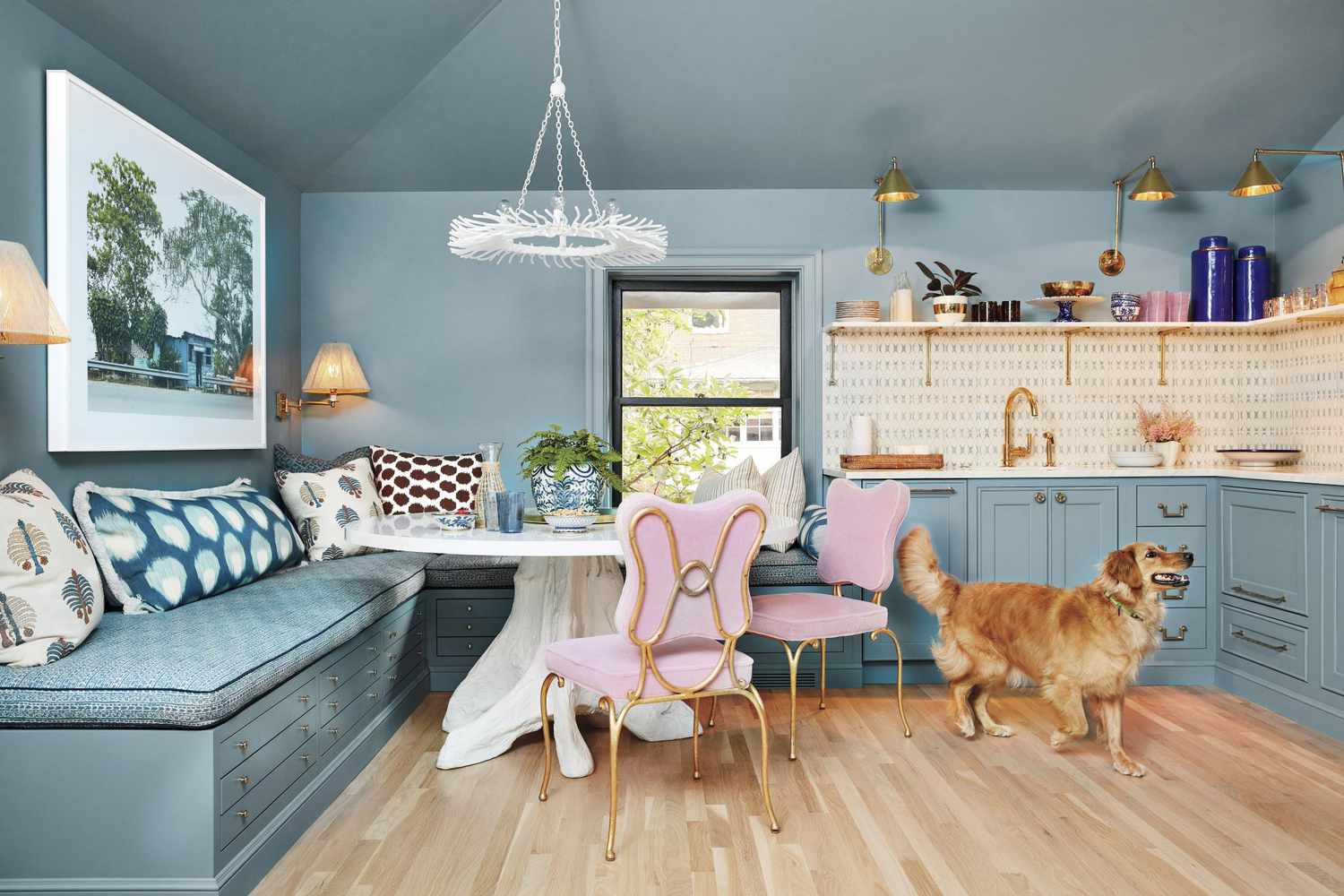
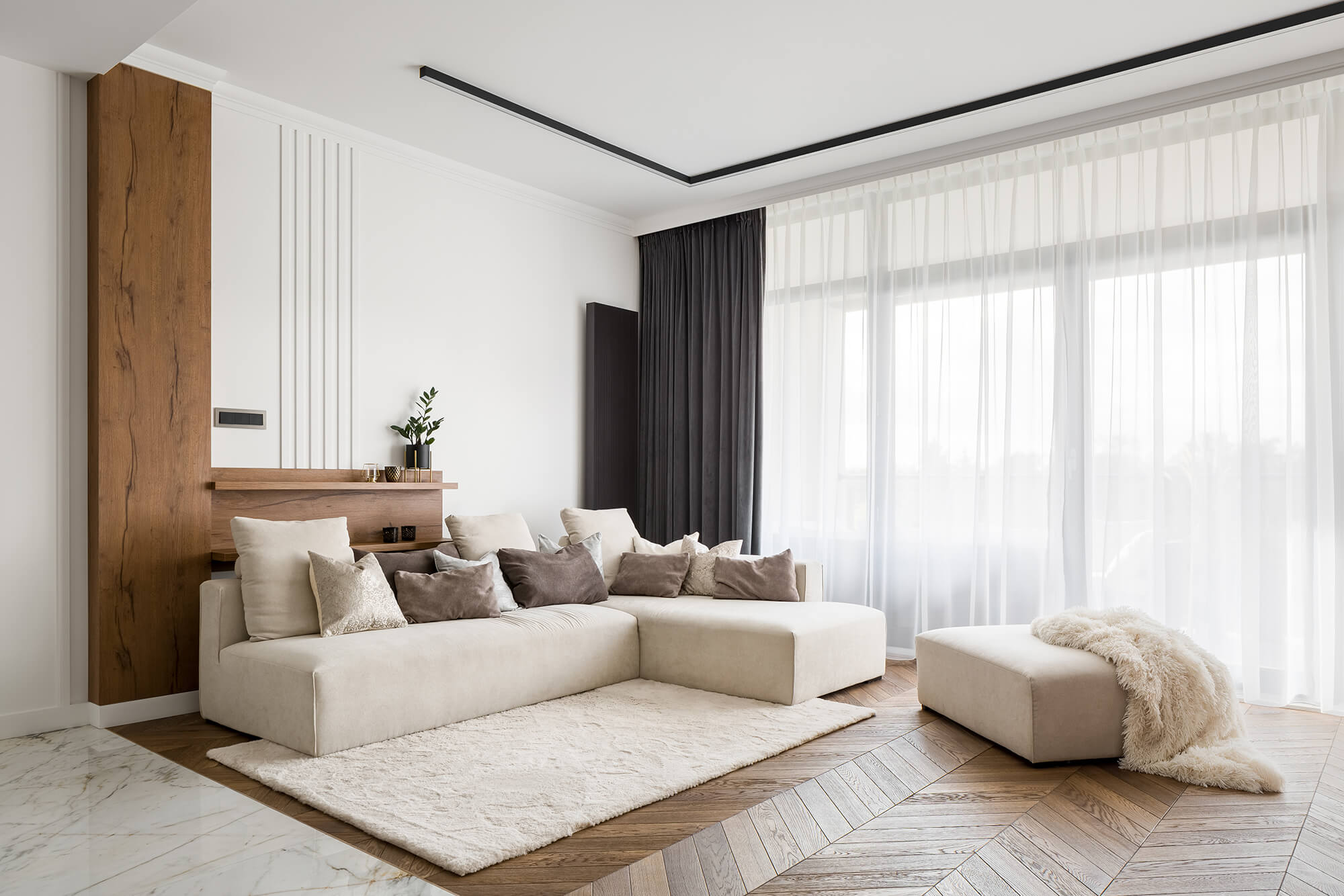
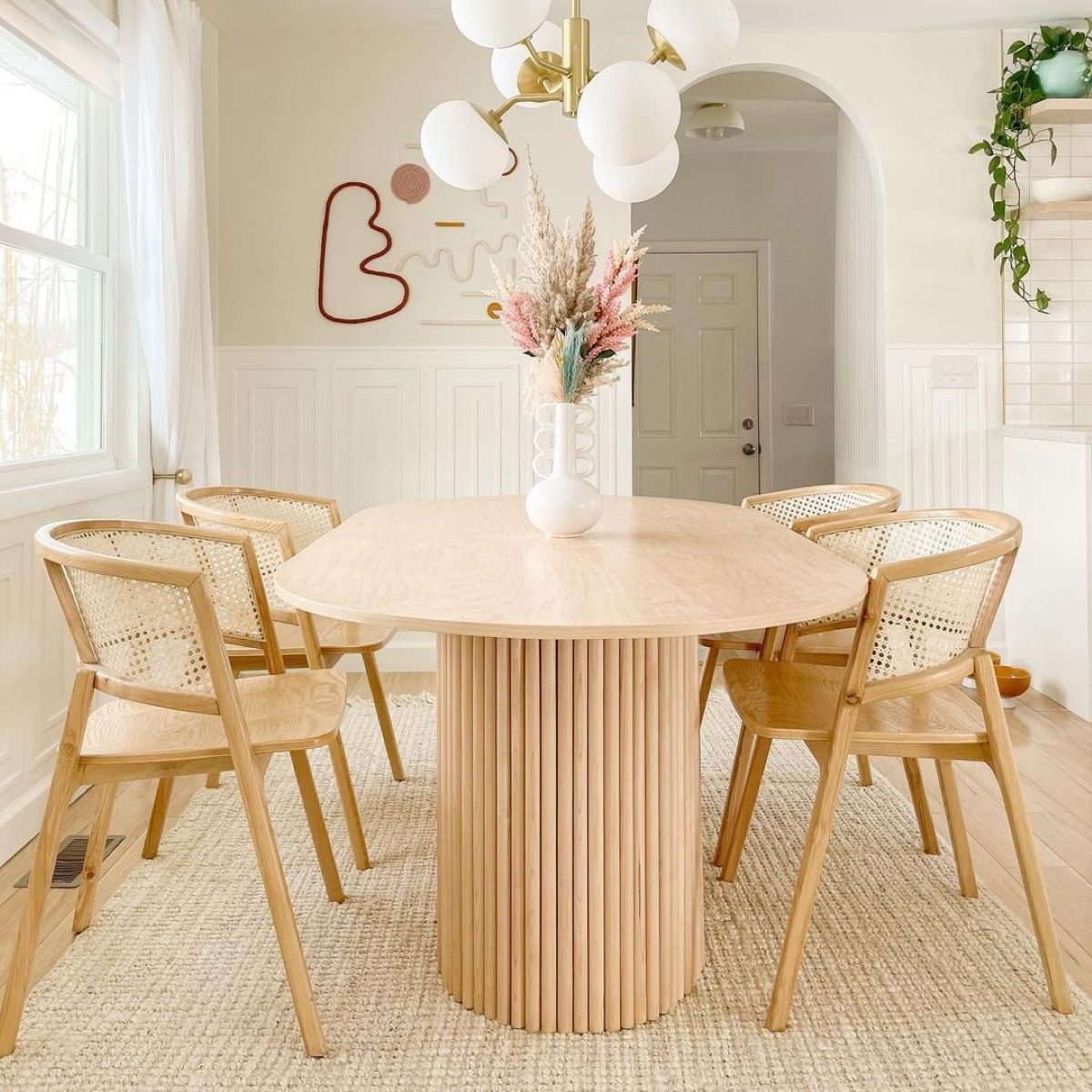
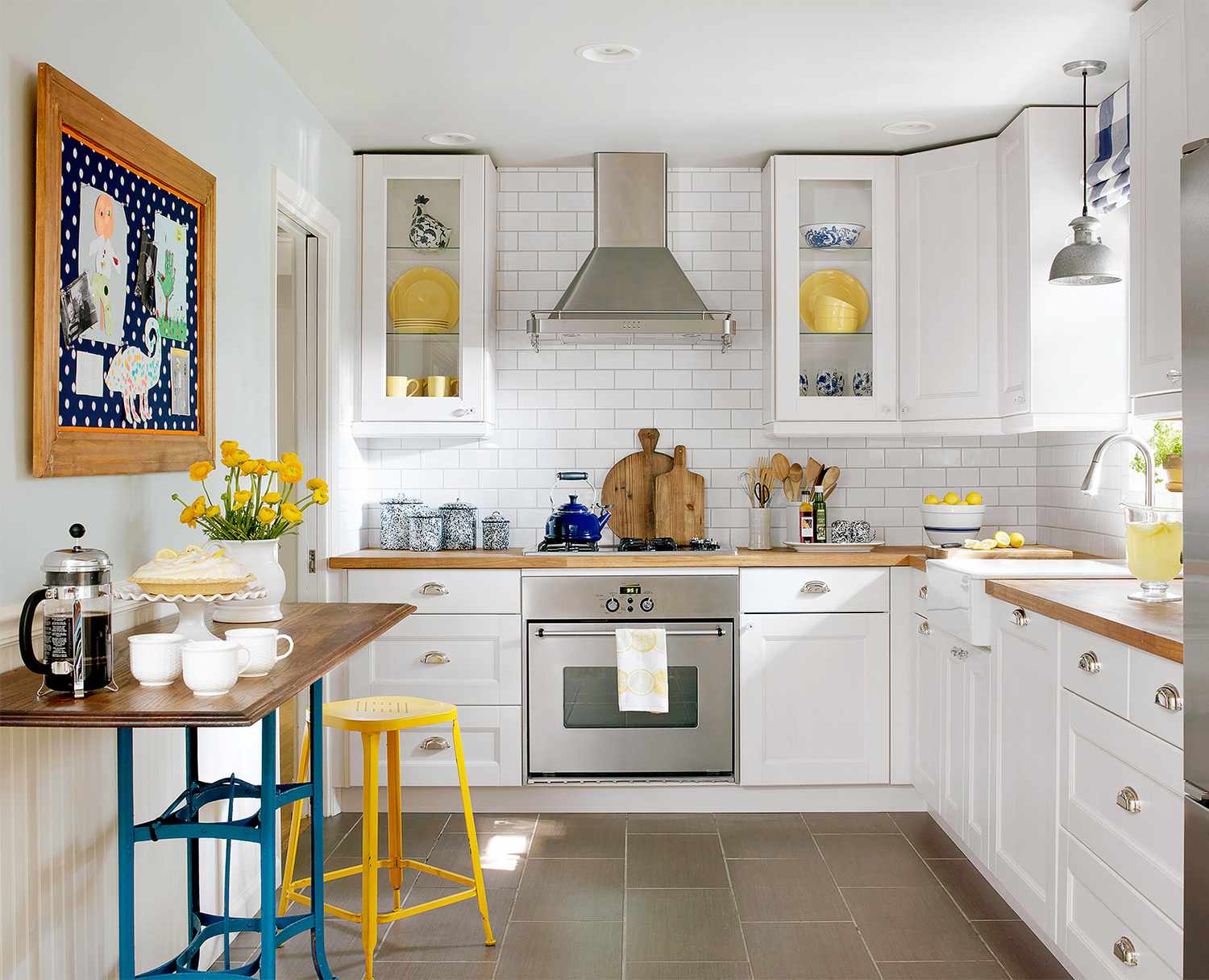
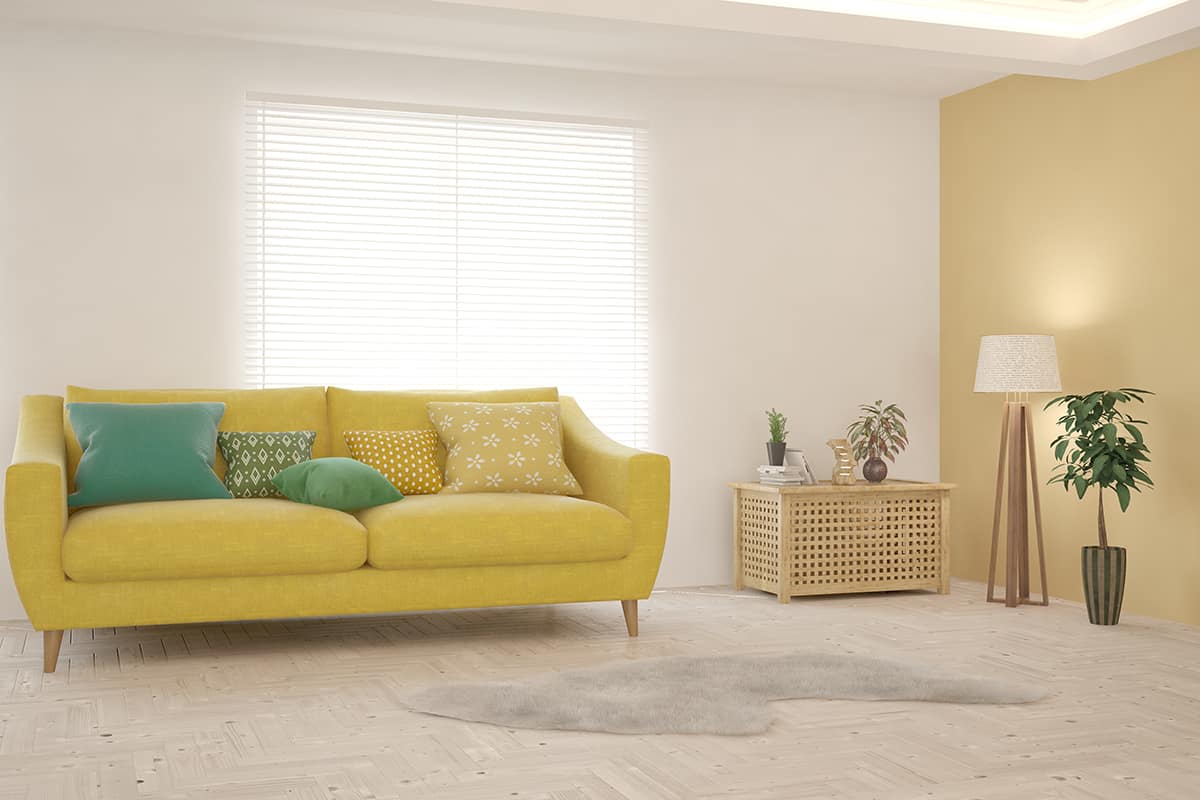
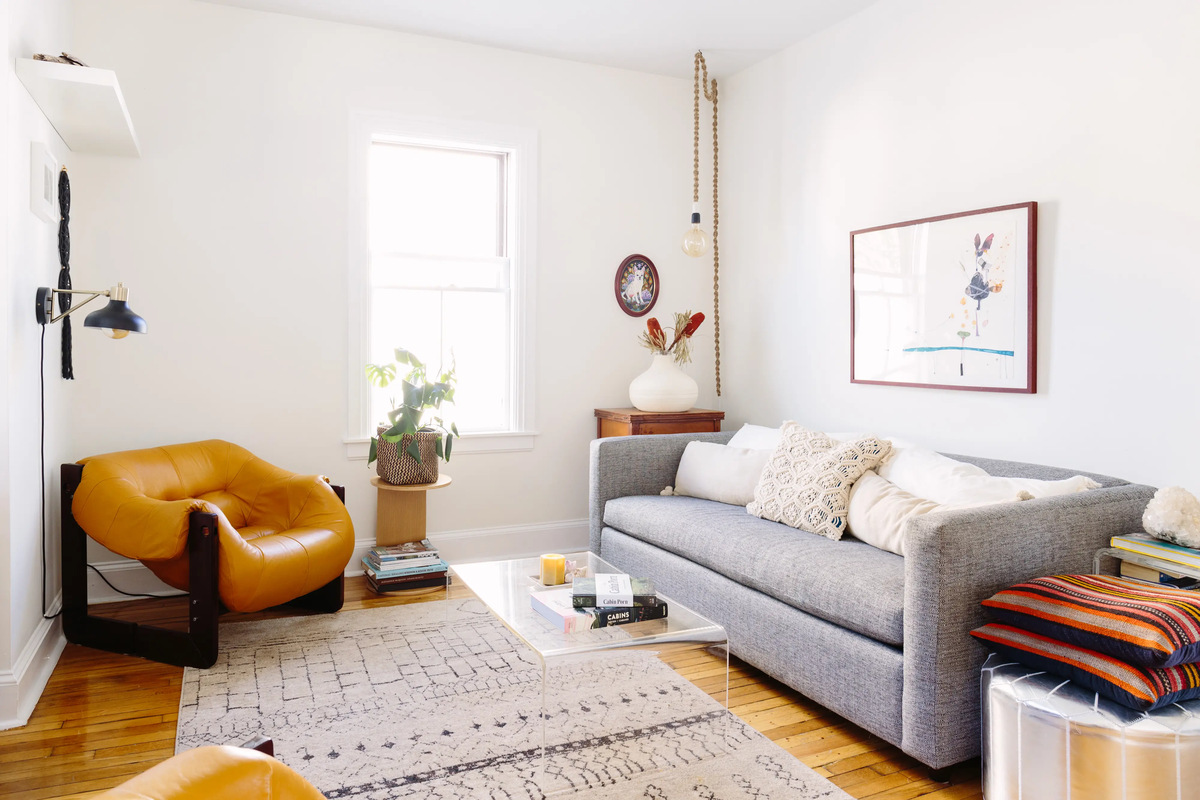
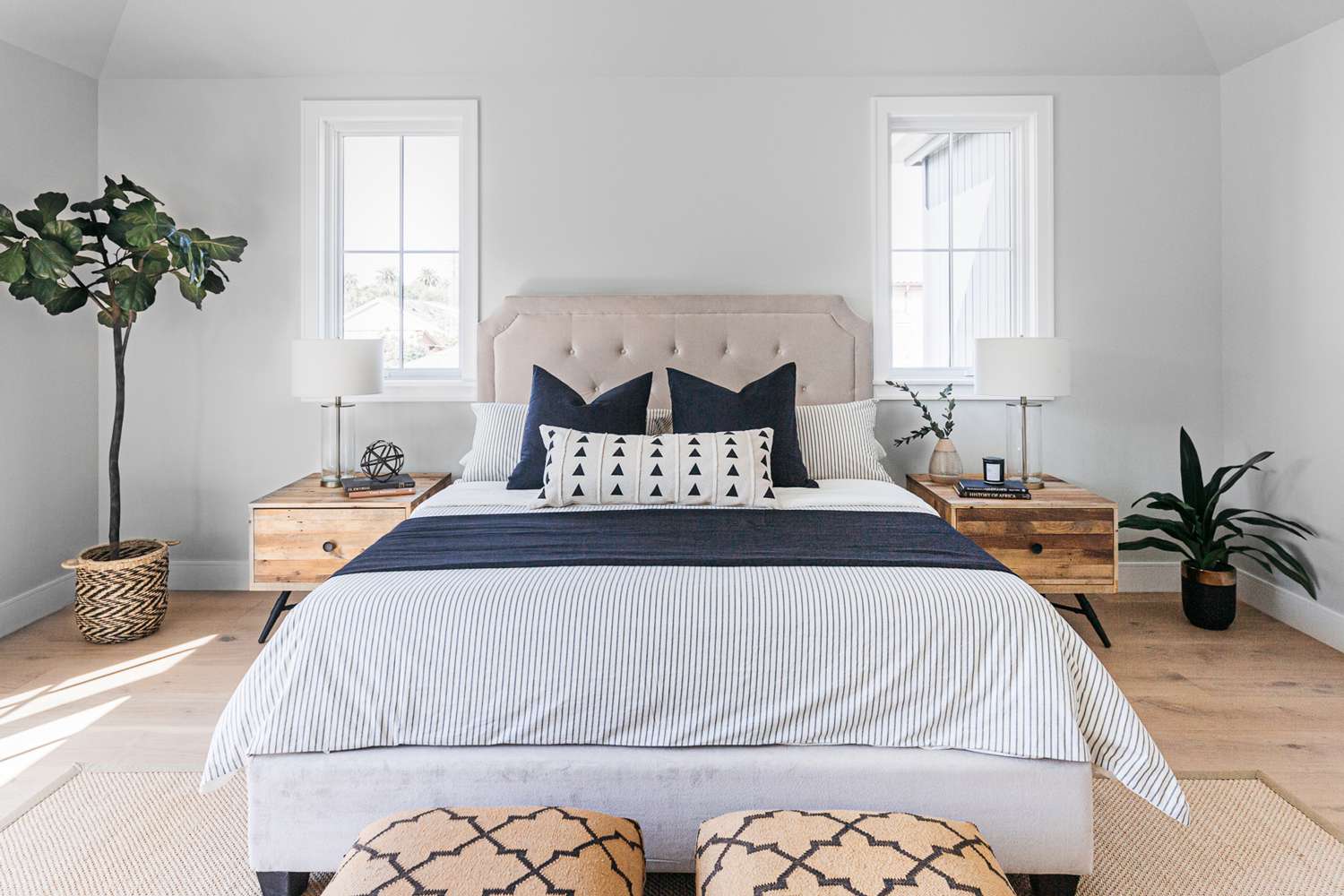
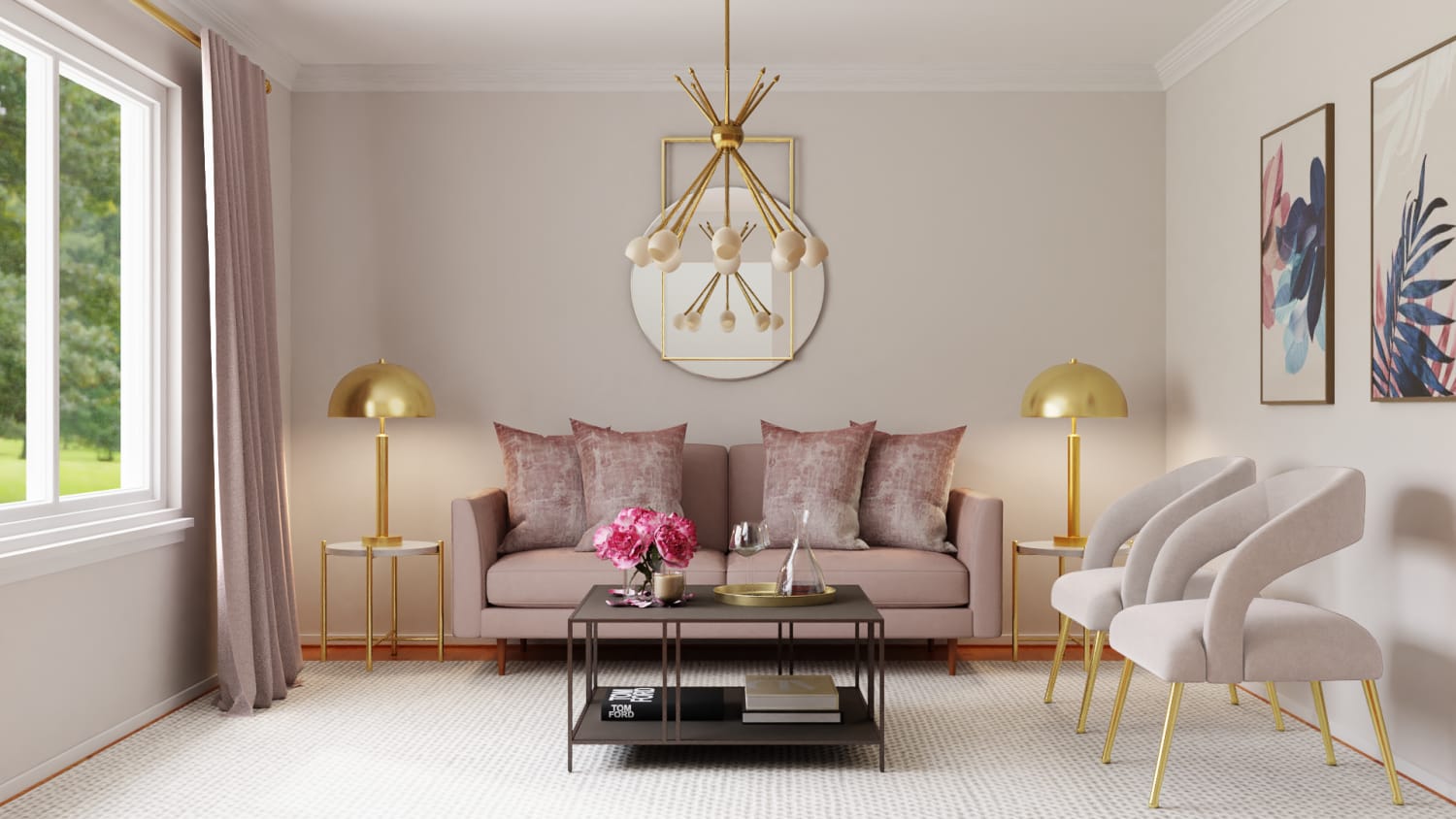
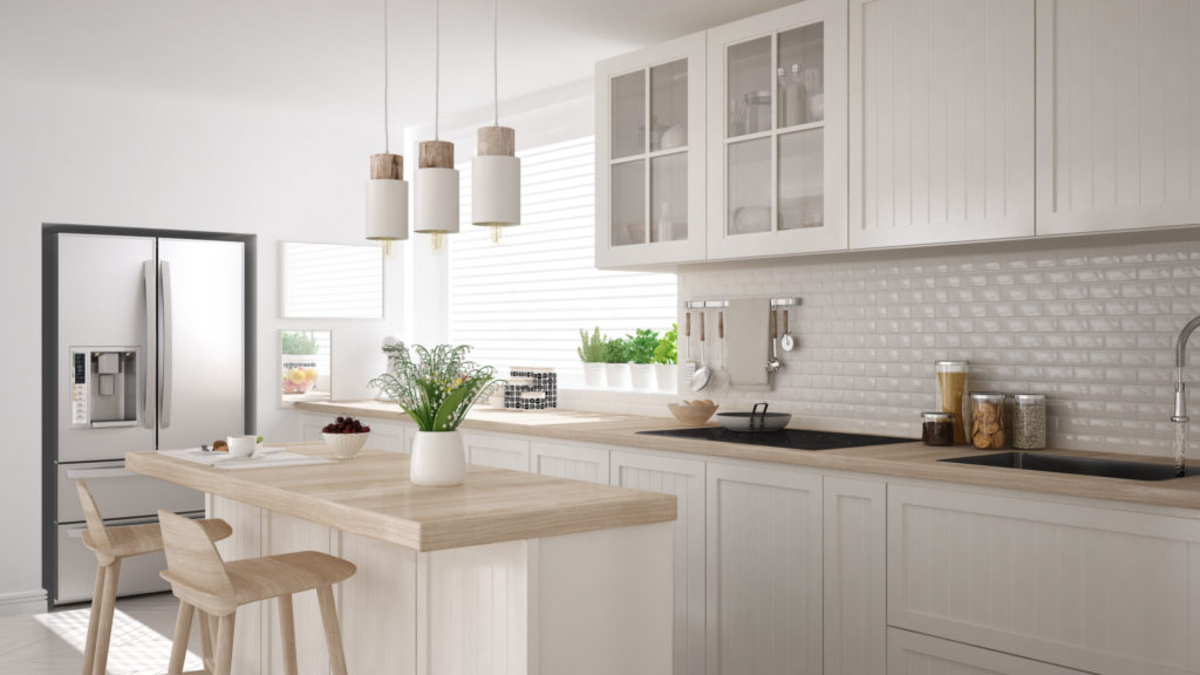
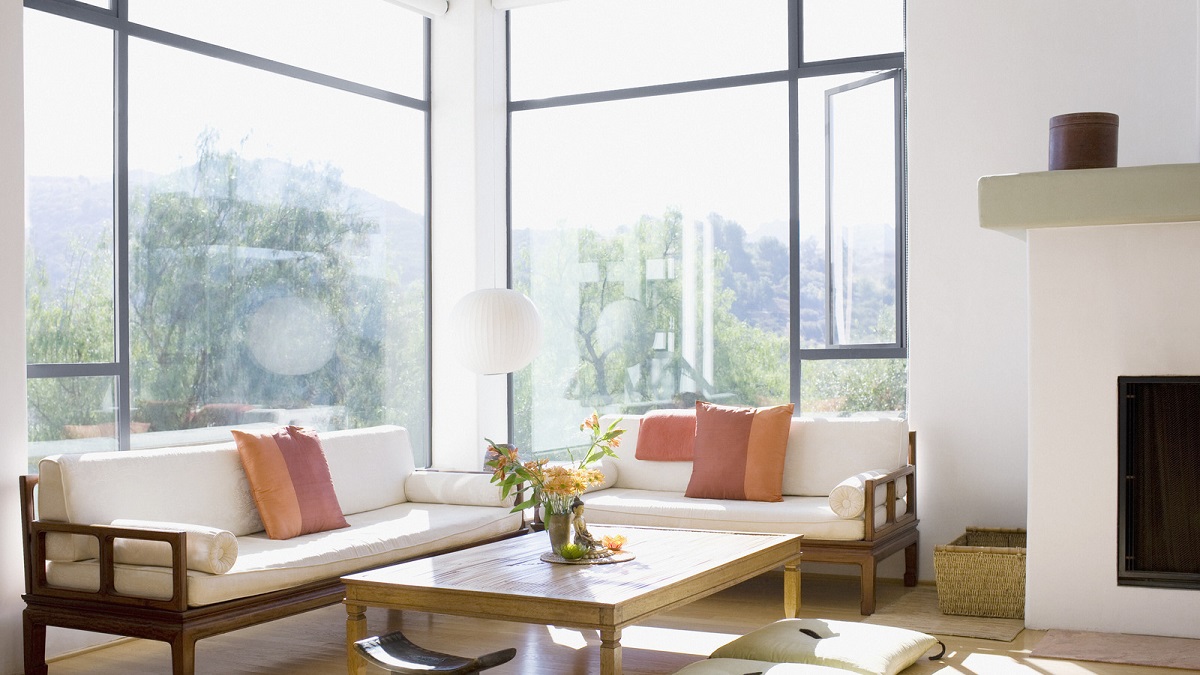
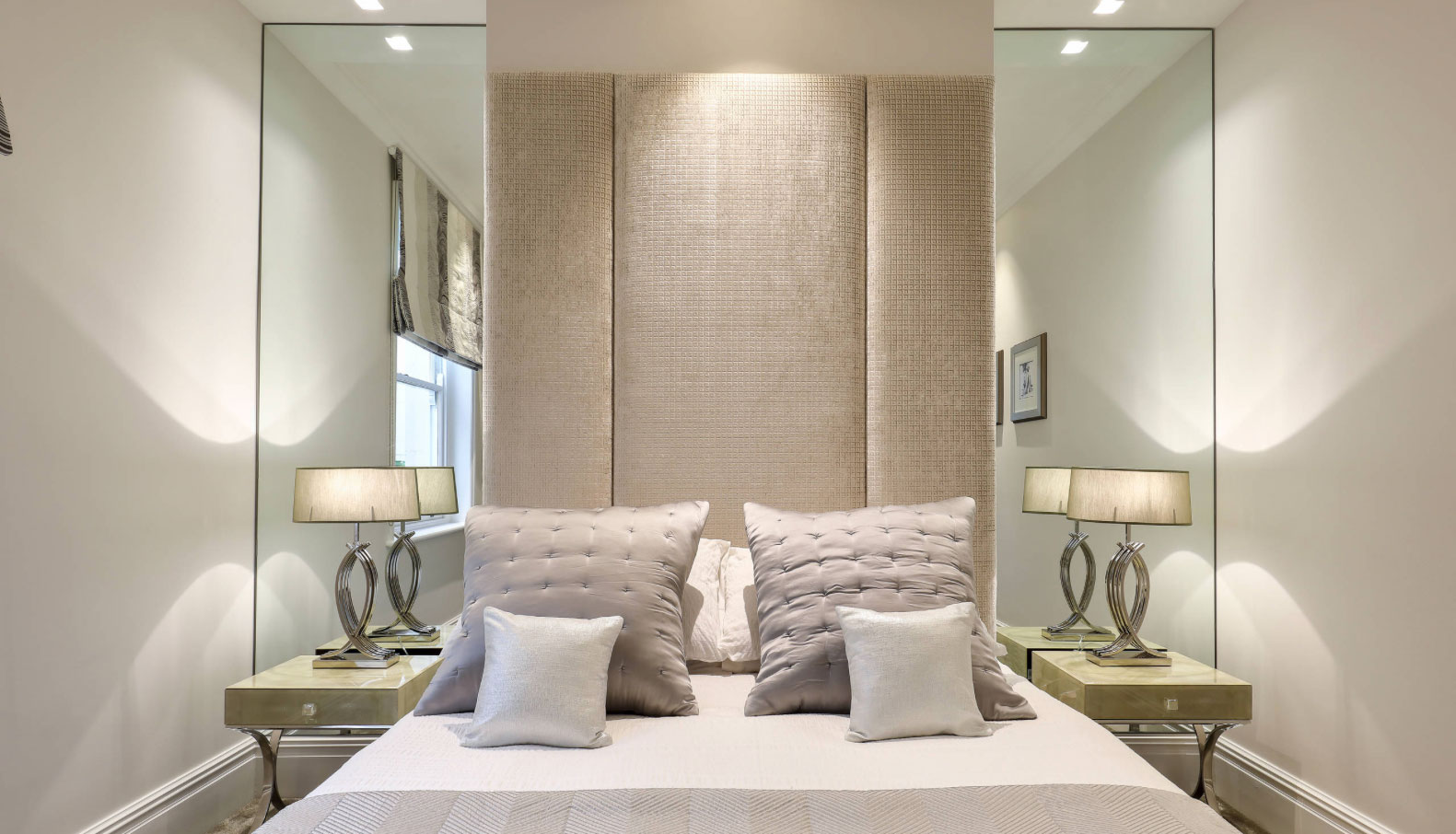
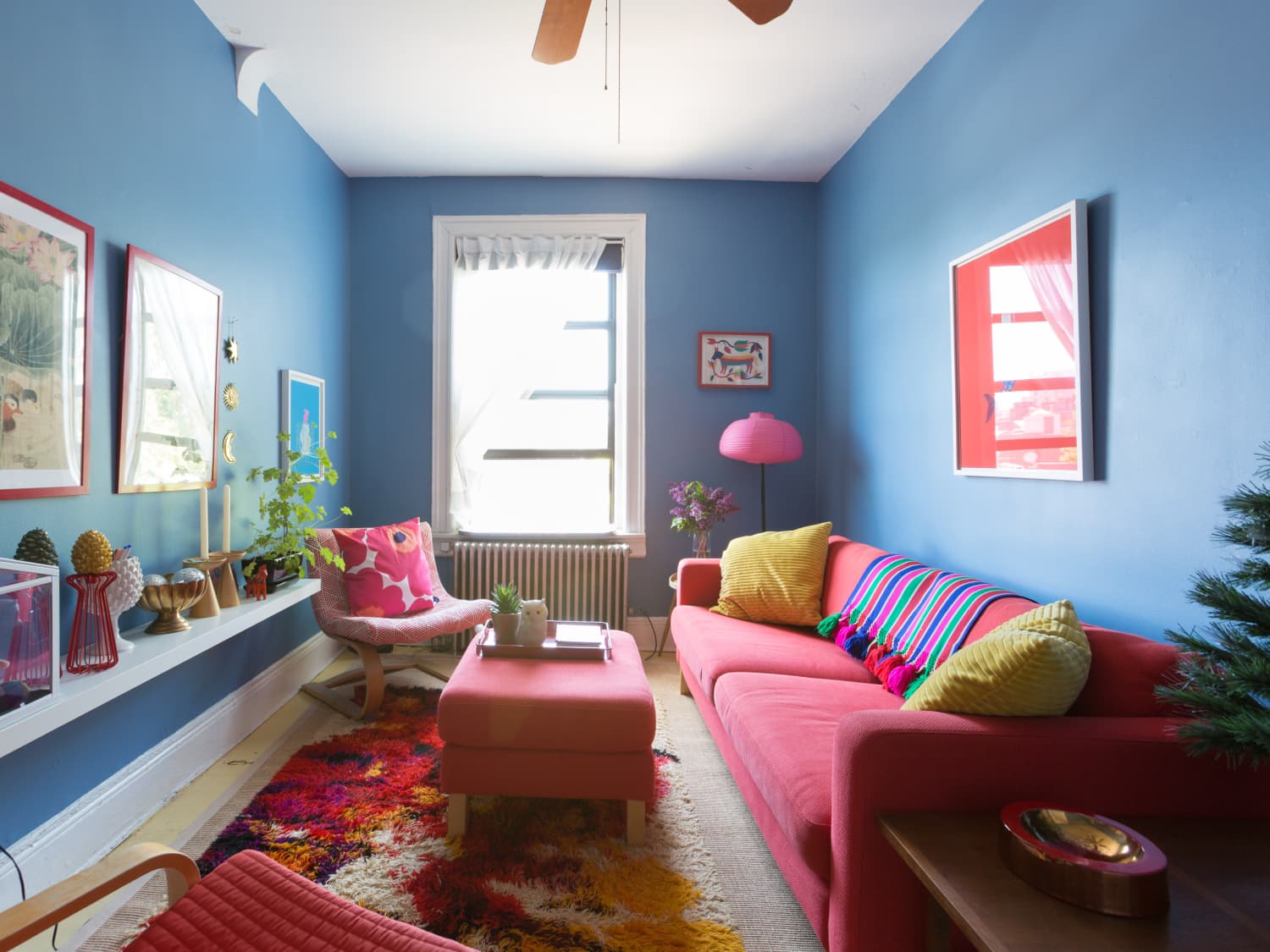
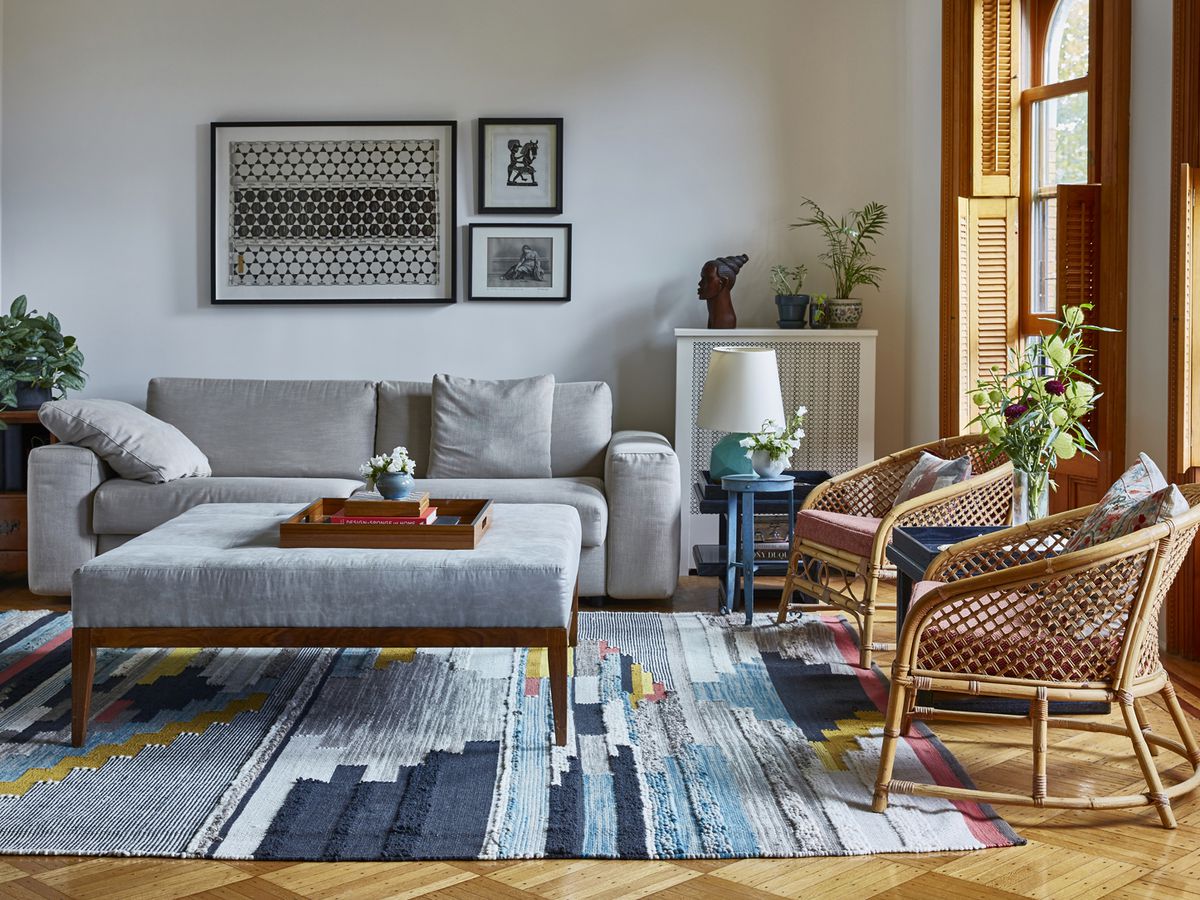
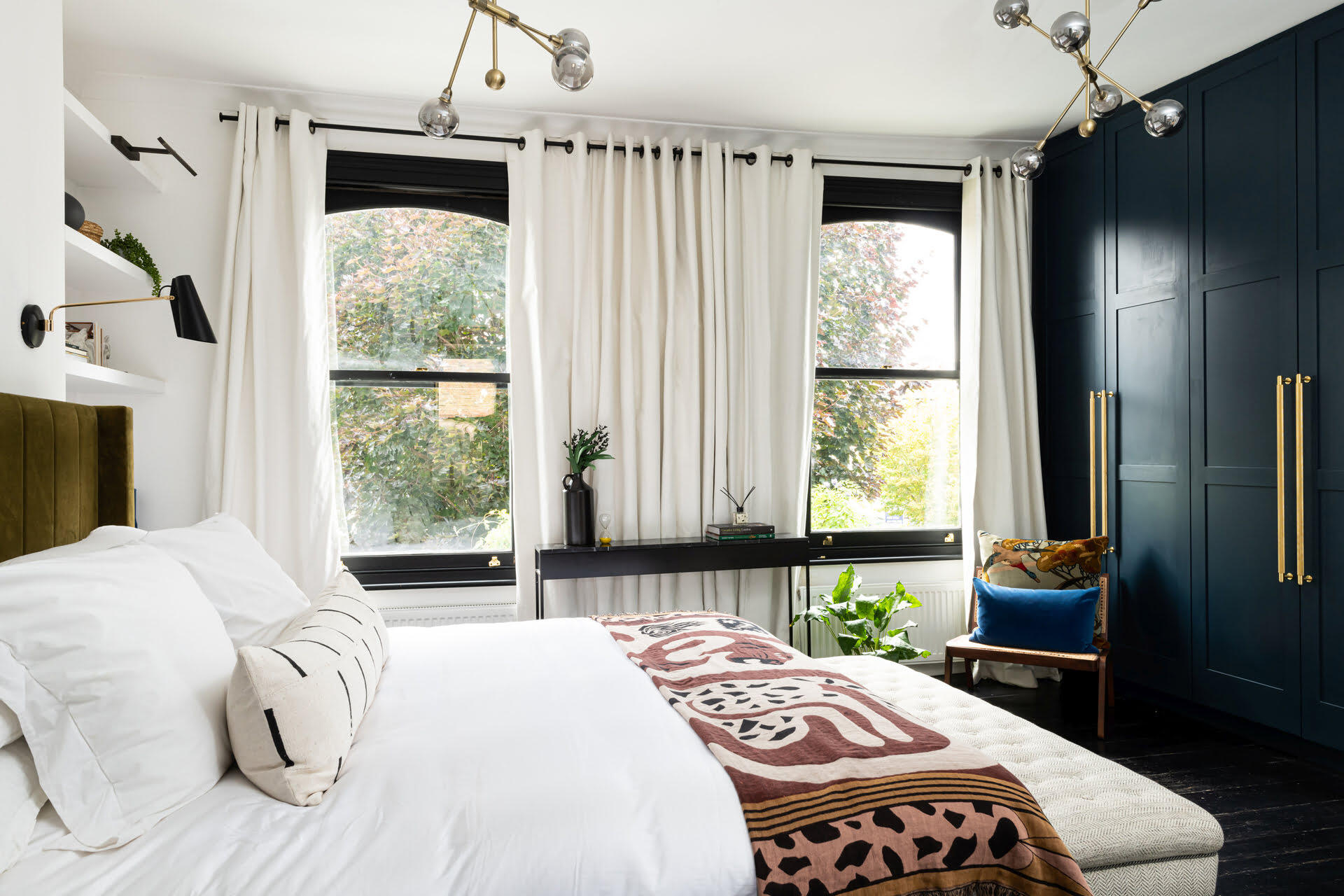

0 thoughts on “What Colors Make A Small Living Room Look Bigger? 7 Space-Stretching Tricks”